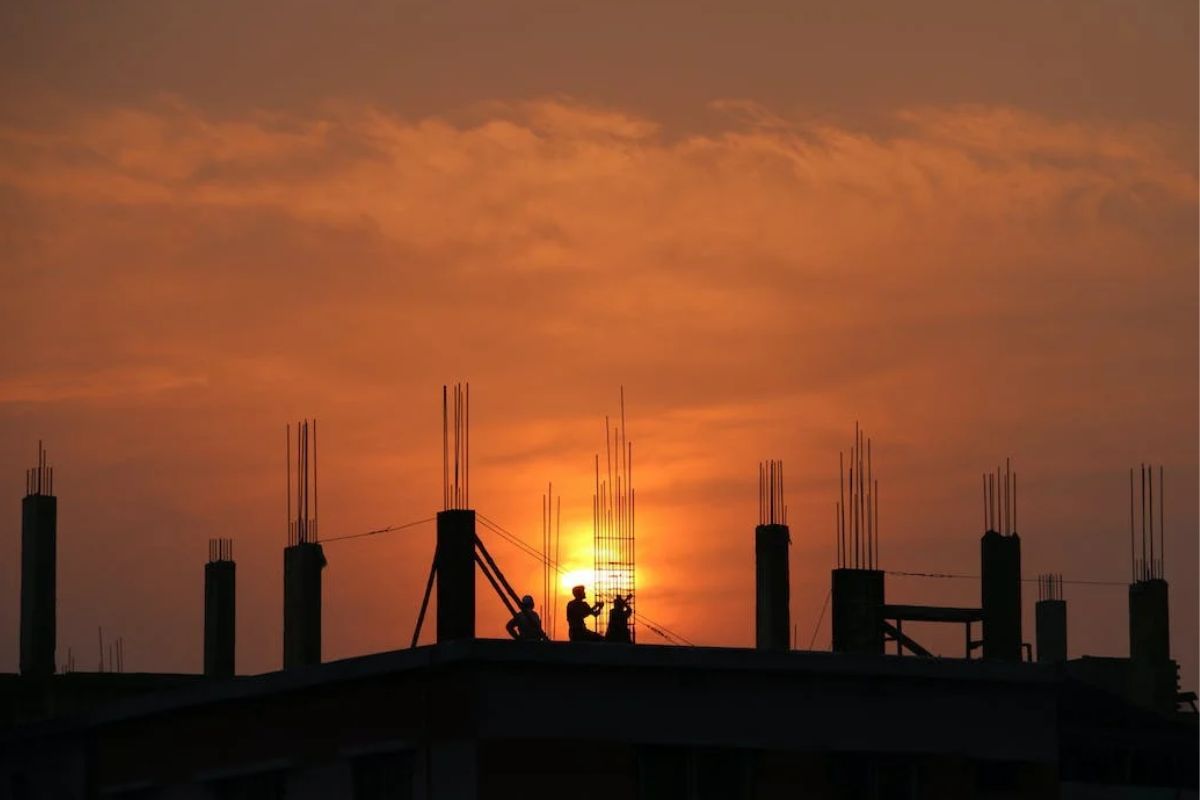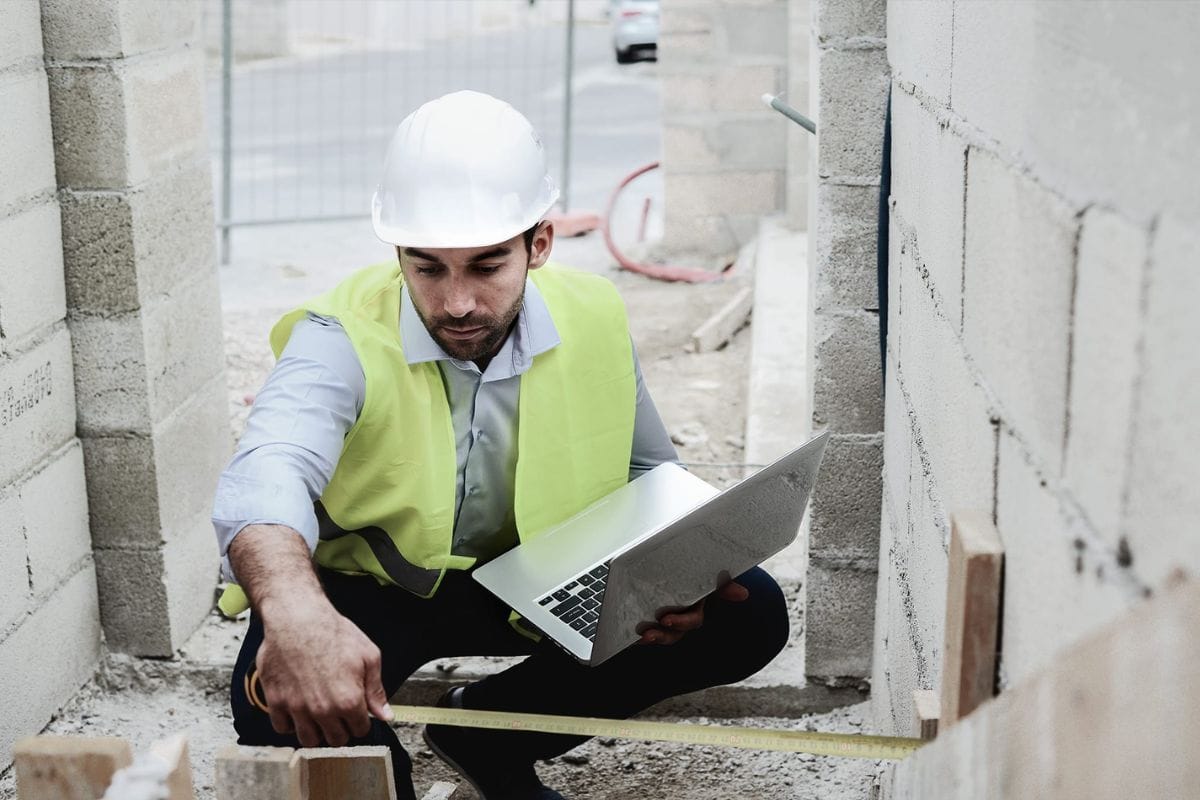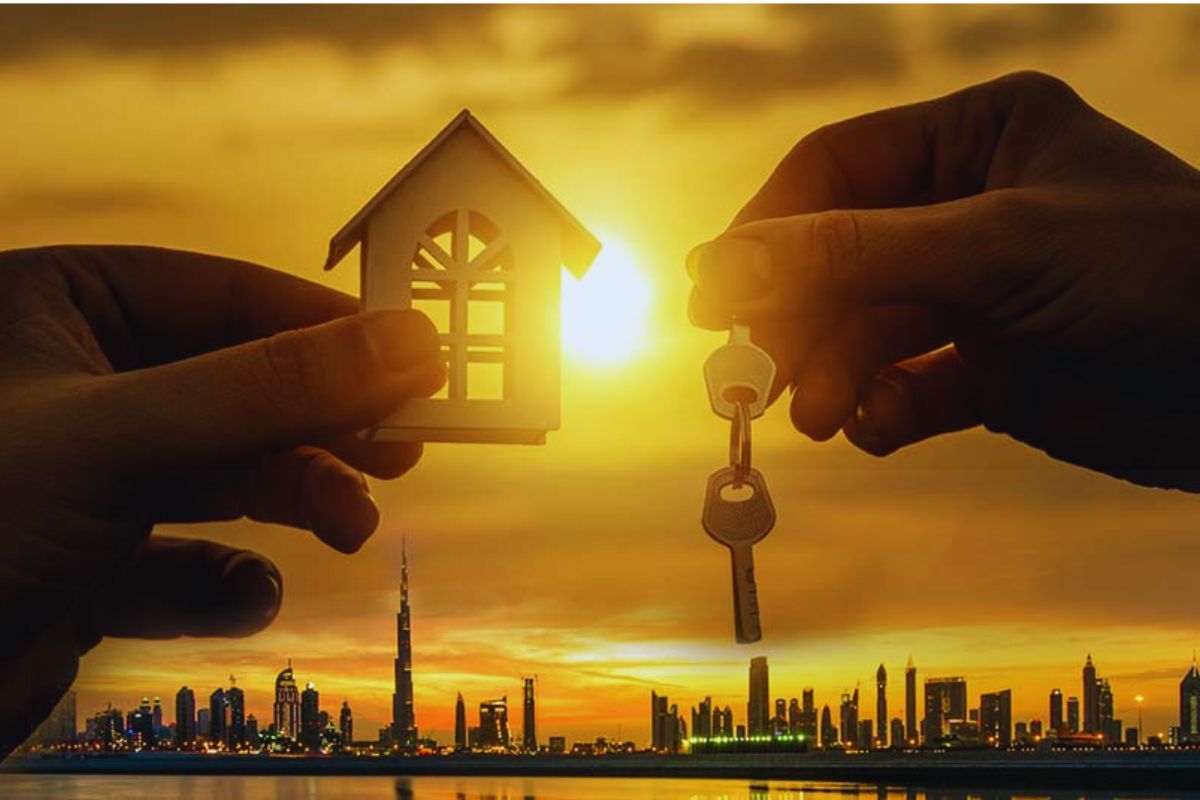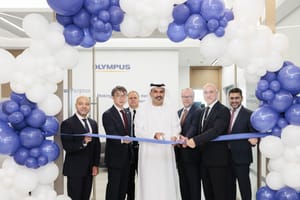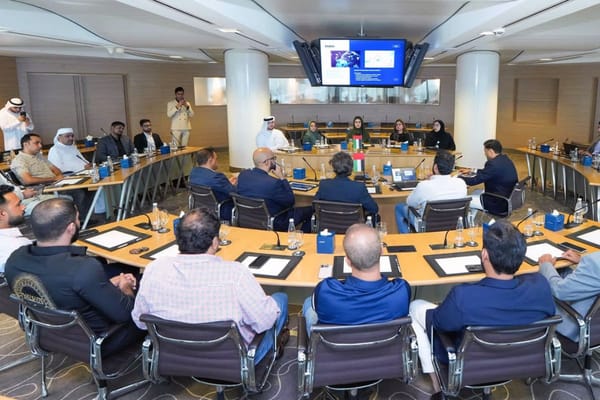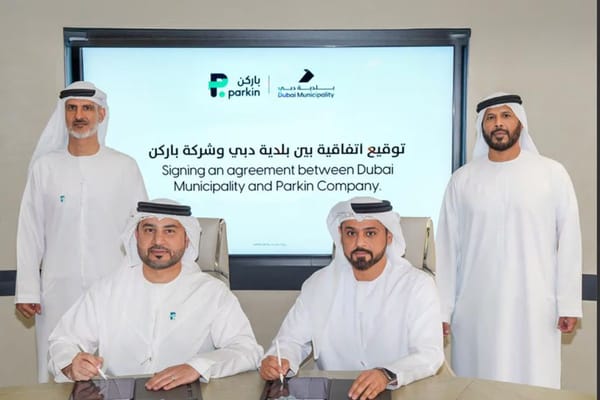Dubai’s skyline is a marvel of modern design, and behind many of these stunning structures lies one powerful tool—Building Information Modeling, or BIM. But what makes this digital methodology such a game-changer for the city’s construction sector? As Dubai moves toward smarter, more sustainable urban planning, BIM has become a must-have technology for architects, engineers, and developers who want to keep up with evolving demands. In this guide, we take a deep look at how BIM is shaping the future of construction in Dubai—from its core functionality to the latest software trends.
What Exactly is BIM and Why Does It Matter Now More Than Ever?
At its core, Building Information Modeling is a process that creates a digital replica of a building, capturing not just its geometry but also its materials, internal systems, schedules, and lifecycle data. Imagine having a virtual building you can test, tweak, and troubleshoot—long before a single brick is laid. This is precisely what BIM offers.
In Dubai, where innovation meets scale, BIM has moved from being optional to becoming an industry standard. Since 2013, Dubai Municipality has mandated its use for major projects, aligning with the city's smart infrastructure goals. The latest tools, like Revit 2026, now feature AI-driven design options and smoother integration across platforms, further streamlining complex builds across the emirate.
How Does BIM Benefit Dubai’s Construction Landscape?
What if you could save both time and money while improving communication across your team? That’s what BIM delivers. On average, projects in Dubai using BIM report up to 30% faster delivery times and 20% cost savings.
The platform enhances collaboration by giving everyone—architects, engineers, contractors—access to a single, shared model. This prevents misunderstandings and reduces the back-and-forth typically seen in large construction teams. Plus, BIM’s clash detection feature ensures systems like plumbing and electrical don’t interfere with each other during construction. With tools for energy modeling and environmental simulations, BIM also supports Dubai’s sustainability targets.
Beyond 3D: What Are the Multiple Dimensions of BIM?
Most people think of BIM as a 3D modeling tool, but that’s just the tip of the iceberg. Have you heard of 4D, 5D, or even 7D BIM? Each dimension adds a new layer of insight:
- 3D – Visualizes design spatially.
- 4D – Integrates time, allowing for construction scheduling and phasing.
- 5D – Adds cost tracking and real-time budgeting.
- 6D – Enables sustainability analysis and energy modeling.
- 7D – Focuses on facility management across the building’s lifecycle.
For a fast-moving city like Dubai, these layers aren’t just technical features—they’re strategic tools that help manage megaprojects with precision.
What Rules and Standards Govern BIM Use in Dubai?
Dubai doesn’t just encourage BIM—it regulates it. Projects exceeding certain sizes (like buildings over 40 floors or 300,000 square feet) are required to use BIM. Specialized facilities like hospitals and government buildings fall under these guidelines too.
The UAE BIM Association ensures that local standards align with global benchmarks, and the Dubai BIM Roadmap outlines a phased rollout aiming for full digital integration in construction by 2026. Staying compliant means staying educated—training programs such as those by Orbit Training are helping professionals stay on track.
Can BIM Handle the Ambition of Dubai’s Landmark Projects?
When you look at architectural icons like the Burj Khalifa or the Museum of the Future, it’s hard to imagine them without BIM. How do you coordinate thousands of components, design futuristic forms, and ensure nothing goes wrong?
BIM allows architects to experiment with bold, parametric designs and engineers to simulate real-world forces like wind and heat. For structures with intricate curves and unconventional facades, BIM ensures everything works harmoniously—from steel reinforcements to smart sensors. It's the reason why Dubai continues to outpace global architectural trends.
What Are the Common Challenges of BIM Adoption?
Despite its advantages, BIM adoption doesn’t come without hurdles. So why isn’t every firm in Dubai using it already?
- Initial Cost: Software licenses, hardware upgrades, and staff training can be expensive.
- Resistance to Change: Many professionals still prefer traditional methods.
- Skill Gap: There's a lack of qualified BIM professionals in the region.
- Software Compatibility: Not all platforms talk to each other easily.
- Legal Grey Areas: Ownership and liability in shared models are still under debate.
These challenges highlight the need for clear onboarding processes, well-structured training, and a company-wide mindset shift.
Is BIM Really Effective for MEP and Infrastructure Design?
Absolutely. In MEP (Mechanical, Electrical, and Plumbing) systems, space constraints are common, and mistakes can be costly. BIM pinpoints issues before the build begins, saving time and materials.
For infrastructure—think roads, bridges, underground utilities—BIM provides a bird’s-eye view and a detailed ground-level perspective. It connects everything, helping planners ensure that utilities align, roads flow properly, and energy efficiency is maximized. With platforms like Revit MEP 2026, engineers can now simulate system performance using AI and real-time data.
What’s Next? The Future of BIM in Dubai
What does the next chapter of BIM look like?
Expect more AI-driven design suggestions, predictive simulations, and integration with Digital Twins. Augmented and virtual reality will soon be staples in planning and client presentations. BIM will also get smarter, learning from past projects to inform future ones.
As Dubai pushes forward with its Smart City strategy, BIM will link with cloud systems, blockchain security layers, and sustainability metrics, making it a comprehensive tool for tomorrow’s builders.
Structural BIM: A Game-Changer for Tall and Tough Builds
Designing a 60-storey tower? You’ll need more than imagination. Structural BIM helps engineers simulate stress, optimize material use, and adapt designs based on Dubai’s unique environment—like desert soil and high winds.
Tools like Revit Structure 2026 allow seamless coordination between design and load-bearing logic, ensuring every beam and joint is accounted for. This also shortens construction timelines and prevents structural surprises on site.
The Rise of BIM Education in Dubai
With growing demand comes the need for better training. Universities, private institutes, and companies like Orbit Training are investing heavily in courses tailored to Dubai’s market.
From basic Revit modeling to advanced simulation techniques, professionals can now choose programs based on their role—whether they’re architects, MEP engineers, or infrastructure planners. Certifications such as Autodesk Certified Professional are quickly becoming the new standard for career growth in the region.
Comparing BIM Use Across Different Project Types in Dubai
| Project Type | Main BIM Usage | ROI Impact | Adoption Level | Key Challenge |
|---|---|---|---|---|
| High-Rise Buildings | Coordination, Structural Design | High | 85% | System complexity |
| Infrastructure | GIS, Civil Integration | Moderate | 62% | Large-scale data handling |
| MEP Systems | Clash Detection, System Efficiency | High | 78% | Need for technical precision |
| Interior Fit-Outs | Material Planning, Visual Reviews | Moderate | 56% | Integration with existing structures |
| Hospitality Projects | Space Design, Furniture Coordination | High | 70% | High client design expectations |
| Residential | Mass Design, Unit Planning | Moderate | 65% | Cost control |
| Healthcare | Equipment Planning, Lifecycle Mgmt | Very High | 82% | Regulatory complexity |
| Retail Centers | Tenant Fit-Outs, Layout Adjustments | Moderate | 60% | Frequent design changes |
| Transport Hubs | Flow Simulation, System Integration | High | 75% | Multiple stakeholder alignment |
| Educational Facilities | Space Planning, Energy Use | Moderate | 68% | Budget limitations |
Source: Orbit Training Center Dubai
BIM is steadily becoming part of how construction projects are done in Dubai. It helps teams work together better, avoid errors, and plan more effectively. While there are still some challenges—like cost and training—the benefits are practical and easy to see.
For anyone working in the construction field, learning how to use BIM tools is a useful step. As the industry changes, having these skills can help professionals stay prepared and do their jobs more efficiently.
Also read:
